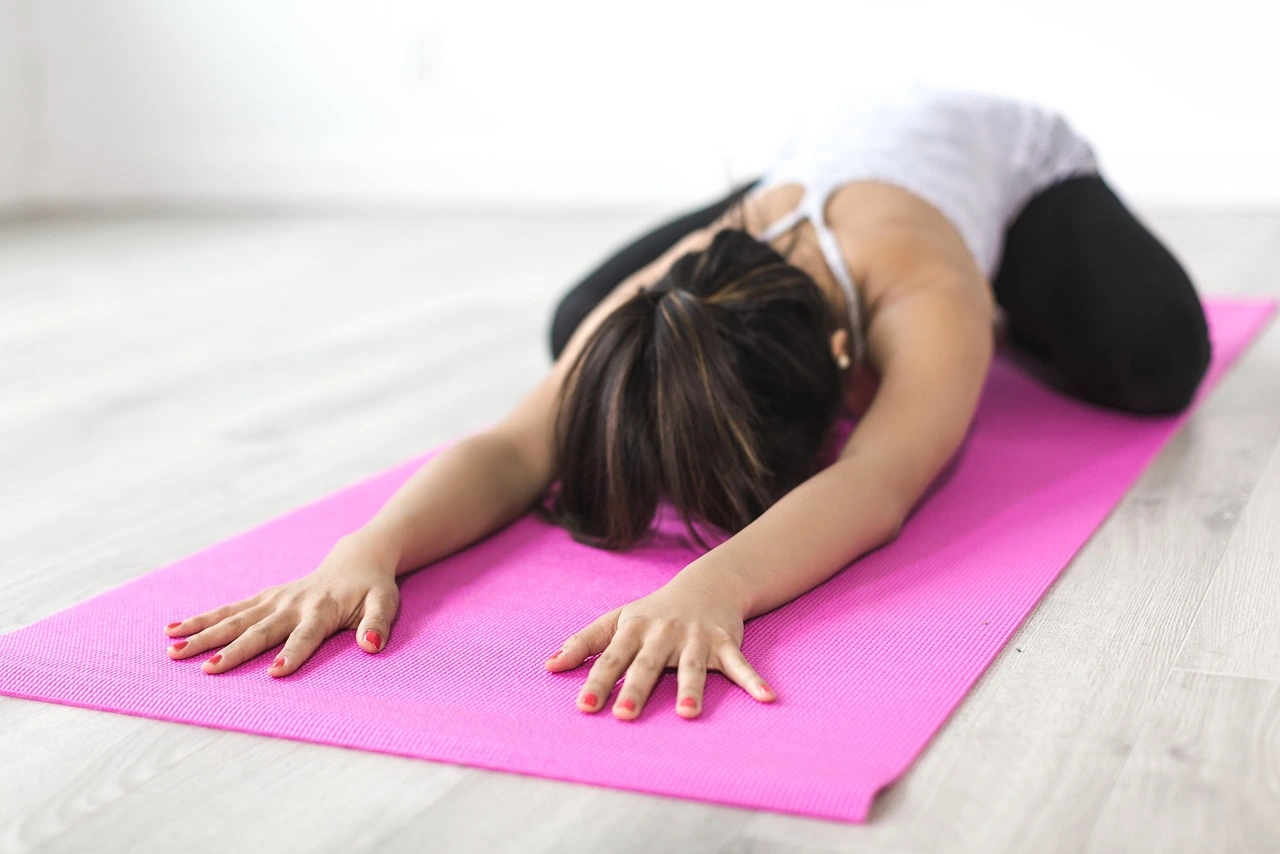
After an intense workout, muscle repair and recovery are crucial for athletes and fitness enthusiasts. Active recovery, involving low-intensity exercise, helps accelerate muscle repair compared to passive rest. This blog post explores the benefits of active recovery and suggests various activities to incorporate into your routine for optimal muscle recovery.
Benefits of Active Recovery
Enhanced Blood Circulation
Active recovery activities like light cardio and stretching promote blood flow, which helps deliver essential nutrients and oxygen to muscles, aiding in repair and reducing soreness.
Reduced Muscle Stiffness
Engaging in low-intensity exercises can prevent muscle stiffness and improve flexibility. Gentle movements help maintain muscle elasticity, preventing the tightness that often follows strenuous workouts.
Decreased Delayed Onset Muscle Soreness (DOMS)
Active recovery can significantly reduce the intensity and duration of DOMS. By keeping the muscles active, it helps clear lactic acid buildup and reduces muscle fatigue.
Improved Mental Well-being
Low-intensity activities like yoga and swimming not only benefit the body but also enhance mental well-being. They provide a mental break from intense training, reduce stress, and improve overall mood.
Faster Recovery Times
Consistent active recovery routines lead to quicker muscle repair and shorter recovery times, allowing athletes to return to their training programs sooner and more effectively.
Effective Active Recovery Techniques
Yoga
Yoga is an excellent active recovery technique that combines stretching, strength, and mindfulness. It improves flexibility, balance, and muscle relaxation, making it ideal for post-workout recovery.
Benefits of Yoga for Muscle Recovery
- Enhanced Flexibility: Yoga poses stretch and elongate muscles, reducing stiffness.
- Improved Blood Flow: The combination of movement and breathing techniques enhances circulation.
- Stress Reduction: Yoga promotes relaxation and reduces cortisol levels, aiding in muscle repair.
Recommended Yoga Poses
- Child’s Pose (Balasana): Stretches the back, hips, and thighs.
- Downward-Facing Dog (Adho Mukha Svanasana): Lengthens the spine, hamstrings, and calves.
- Pigeon Pose (Eka Pada Rajakapotasana): Opens the hips and relieves lower back tension.
Swimming
Swimming is a low-impact activity that provides a full-body workout without placing stress on the joints. The buoyancy of water supports the body, making it an ideal exercise for active recovery.
Benefits of Swimming for Muscle Recovery
- Low-Impact Exercise: Reduces strain on muscles and joints while providing a comprehensive workout.
- Enhanced Circulation: Promotes blood flow and helps in the removal of metabolic waste from muscles.
- Relaxation: The soothing nature of water can help relax the mind and body.
Swimming Techniques
- Freestyle Swimming: Focus on smooth, rhythmic strokes to promote relaxation.
- Backstroke: Helps in opening the chest and shoulders, providing a gentle stretch.
- Water Walking: Provides resistance without impact, aiding in muscle repair and circulation.
Light Cardio
Engaging in light cardiovascular exercises like walking, cycling, or jogging at a low intensity helps keep the muscles active without overexertion.
Benefits of Light Cardio for Muscle Recovery
- Increased Blood Flow: Helps deliver nutrients to muscles and remove waste products.
- Reduced Muscle Soreness: Keeps muscles moving, preventing stiffness and soreness.
- Mental Relaxation: Light cardio can be meditative, providing a mental break from intense workouts.
Light Cardio Activities
- Walking: A simple, effective way to keep muscles active and improve circulation.
- Cycling: Provides a gentle workout for the legs without heavy impact.
- Jogging: Keep the pace slow to ensure it remains a recovery activity.
Incorporating Active Recovery into Your Routine
Timing and Frequency
- Post-Workout: Incorporate 10-15 minutes of active recovery exercises immediately after your workout to aid in initial muscle repair.
- Active Recovery Days: Dedicate 1-2 days per week solely to active recovery activities, allowing your body to heal while staying active.
- Daily Routine: Include gentle stretching or light cardio daily, especially if you engage in high-intensity training regularly.
Customizing Your Routine
- Listen to Your Body: Adjust the intensity and duration of active recovery based on how your body feels.
- Variety: Rotate between different active recovery techniques to prevent boredom and target various muscle groups.
- Consistency: Make active recovery a regular part of your fitness routine to see long-term benefits.
Conclusion
Active recovery is an essential component of any fitness regimen, promoting faster muscle repair and overall well-being. By incorporating activities such as yoga, swimming, and light cardio, you can enhance circulation, reduce muscle stiffness, and shorten recovery times. Remember to listen to your body and maintain consistency to reap the full benefits of active recovery techniques.
By integrating these active recovery techniques into your routine, you’ll not only speed up muscle repair but also improve your overall physical and mental health. Make active recovery a priority, and your body will thank you with improved performance and reduced injury risk.